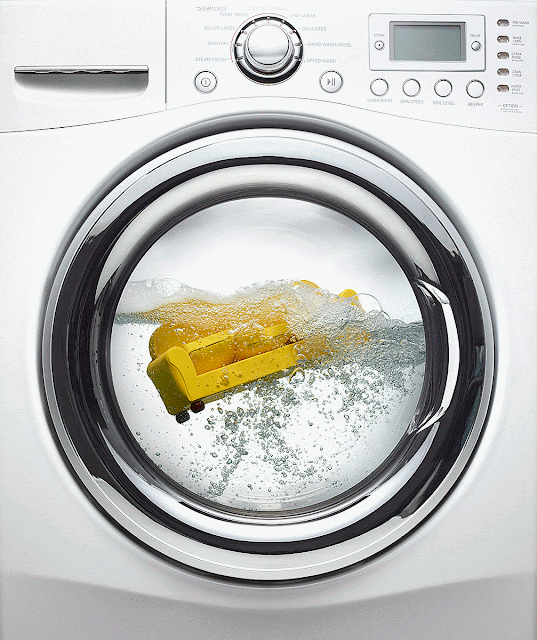Proximity sensors
Proximity sensors
- Proximity sensors are pilot devices used to detect the presence of an object without making any physical contact and are widely used in industrial automation for the detection of objects at a position.
- Proximity sensors are a non-contact type of solid-state electronic devices and are normally of eddy current type or inductive, capacitive or photoelectric proximity sensor.
Inductive proximity sensor
An inductive proximity sensor is a non-contact proximity sensor that can detect ferrous objects that contain iron, ideally mild steel thicker than one millimeter.
Construction:
- An inductive proximity sensor is a non-contact proximity sensor that detects ferrous objects that contain iron, ideally mild steel thicker than one millimeter.
- An inductive proximity sensor consists of four major components:
- a ferrite core with coils,
- an oscillator,
- a detector or signal conditioner, and
- an output amplifier all packed in a compact housing.
The oscillator creates a symmetrical oscillating magnetic field that radiates from the ferrite core and coil array at the sensing face.
Working
- When a ferrous target enters this magnetic field, small independent electrical currents called eddy currents are induced on the metal’s surface.
- This changes the reluctance (natural frequency) of the magnetic circuit, which in turn reduces the oscillation amplitude.
- As more metal enters the sensing field the oscillation amplitude shrinks and eventually collapses. This is the “Eddy Current Killed Oscillator” or ECKO principle.
- The Schmitt trigger responds to these amplitude changes and adjusts sensor output.
- When the target finally moves from the sensor’s range, the circuit begins to oscillate again, and the Schmitt trigger returns the sensor to its previous output.
- If the sensor has a normally open configuration, its output is an on signal when the target enters the sensing zone. With normally closed, its the output is an off signal with the target present.

Capacitive Proximity sensor
Capacitive proximity sensors can detect both metallic and non-metallic targets in powder, granulate, liquid, and solid form. This, along with their ability to sense through nonferrous materials, makes them ideal for sight glass monitoring, tank liquid level detection, and hopper powder level recognition.
Construction:
- In capacitive sensors, the two conduction plates (at different potentials) are housed in the sensing head and positioned to operate as an open capacitor.
- Air acts as an insulator; at rest, there is little capacitance between the two plates.
- Like inductive sensors, these plates are linked to an oscillator, a Schmitt trigger, and an output amplifier.

Working:
- As a target enters the sensing zone the capacitance of the two plates increases, causing oscillator amplitude change, in turn, changing the Schmitt trigger state, and creating an output signal.
- Note the difference between the inductive and capacitive sensors: inductive sensors oscillate until the target is present and capacitive sensors oscillate when the target is present.


Photoelectric Proximity sensors
- Photoelectric proximity sensors use a beam of light to detect the presence of objects that block or reflect the light beam.
- A beam of light passes from the light source and a phototransistor detects the presence or absence of the light from the source.
- Incandescent light or infrared LED’s may be used as a light source.
- The various methods of using light to detect the presence of an object is shown here.

Comparison of various proximity sensors








Comments
Post a Comment